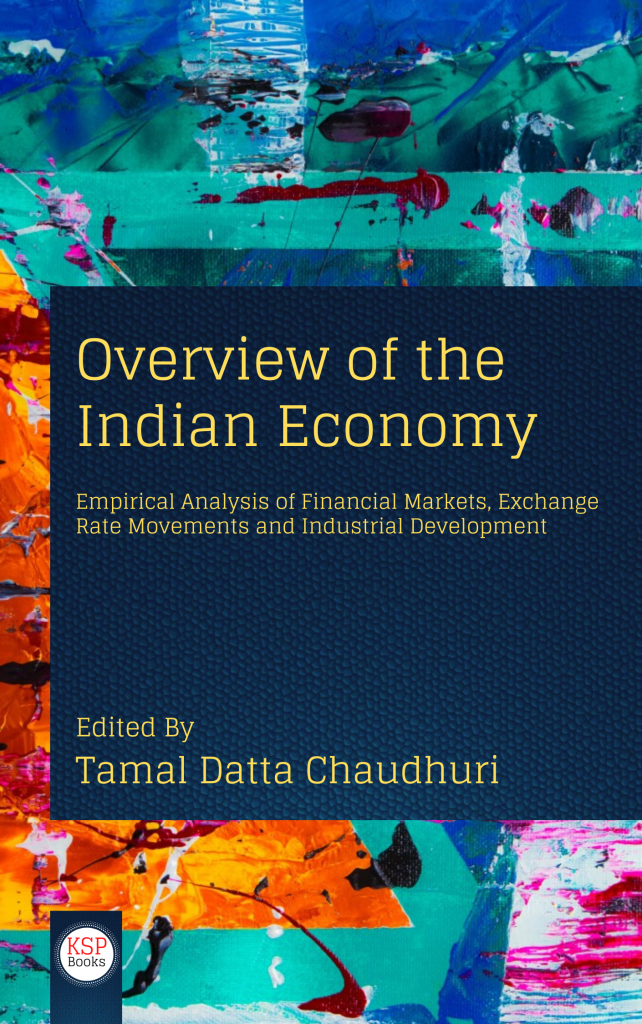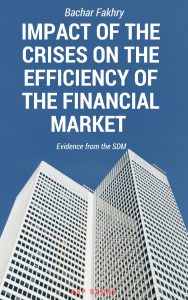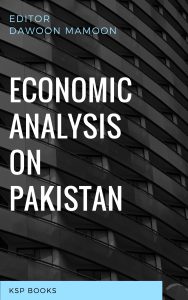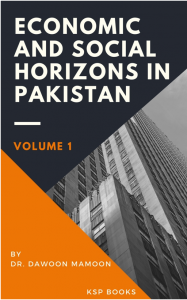Synopsis
This book brings together papers which highlight various aspects of development of the Indian economy in the recent past. It covers Indian financial markets, movements in the exchange rate, and value creation and innovativeness of the manufacturing sector. In the various chapters, application of analytical tools like R, Artificial Neural Network (ANN), Clustering are demonstrated. While two papers dwell on sectoral characteristics and portfolio choice for value creation, two papers focus on understanding stock market volatility and the sources of volatility.
For understanding industrial development, economic profit generated by Indian manufacturing companies are calculated over two time periods to see whether there has been any fundamental change in their performance and the sectors within which they belong. The purpose is two-fold. First, to get an idea about how Indian companies have fared over the two time periods and whether there has been any structural change. Second, help companies decide on their next strategic move and allocate funds for the purpose.
The reasons for studying stock market volatility are that it i) aids in intraday trading, ii) is the basis of neutral trading in the options market, iii) affects portfolio rebalancing by fund managers, iv) helps in hedging, v) affects capital budgeting decisions through timing of raising equity from the market and its pricing and also vi) affects policy decisions relating to the financial markets. In todays globalized environment, with increased financial integration and also enhanced trade in goods and services, volatility in one country spreads to other countries almost immediately. In India, where foreign institutional investors (FIIs) are large players in the stock market, their fund allocation is shaped by macroeconomic conditions in other economies. Thus any macroeconomic event in any part of the world causes reallocation of FII funds, leading to volatility in Indian stock markets.
Any discussion on exchange rate movements and forecasting should include explanatory variables from both the current account and the capital account of the balance of payments. In our study we include such factors to forecast the value of the Indian rupee vis a vis the US Dollar. Further, factors reflecting political instability and lack of mechanism for enforcement of contracts that can affect both direct foreign investment and also portfolio investment have been incorporated.
Contents
About the Editor
ISBN
978-605-7736-93-2
Date of Publication
June 15, 2020
File Size: 5853 KB
Length: xix + 221 pages
This work is licensed under a Creative Commons Attribution 4.0 International License.
















